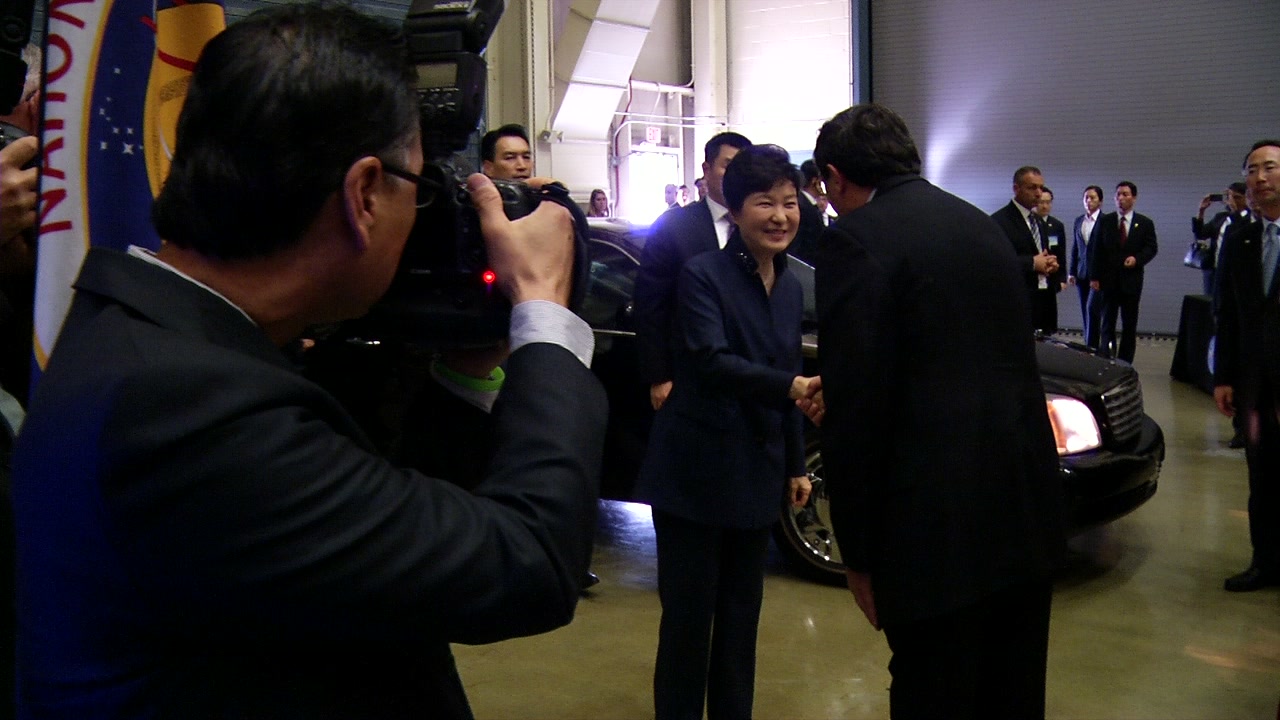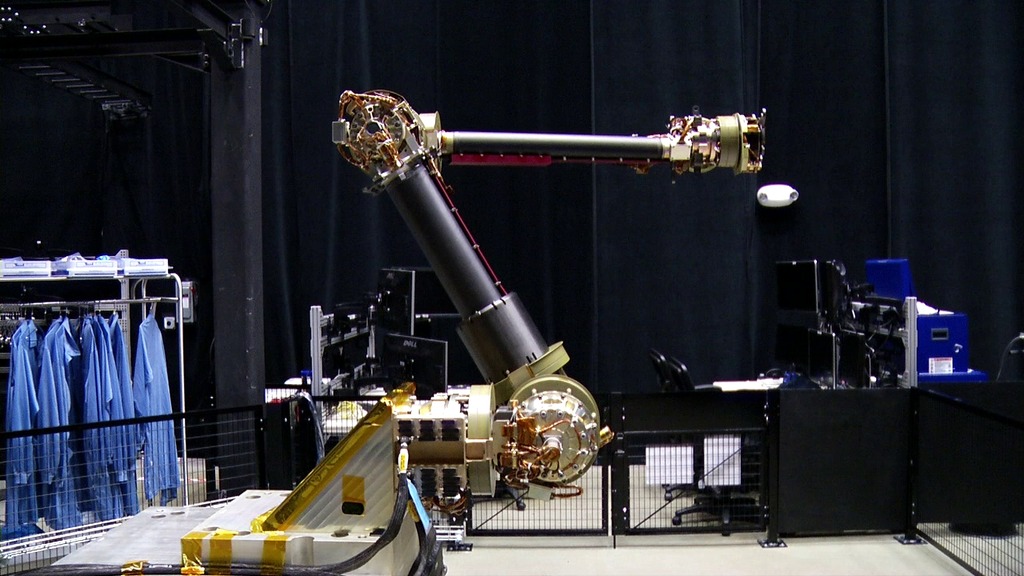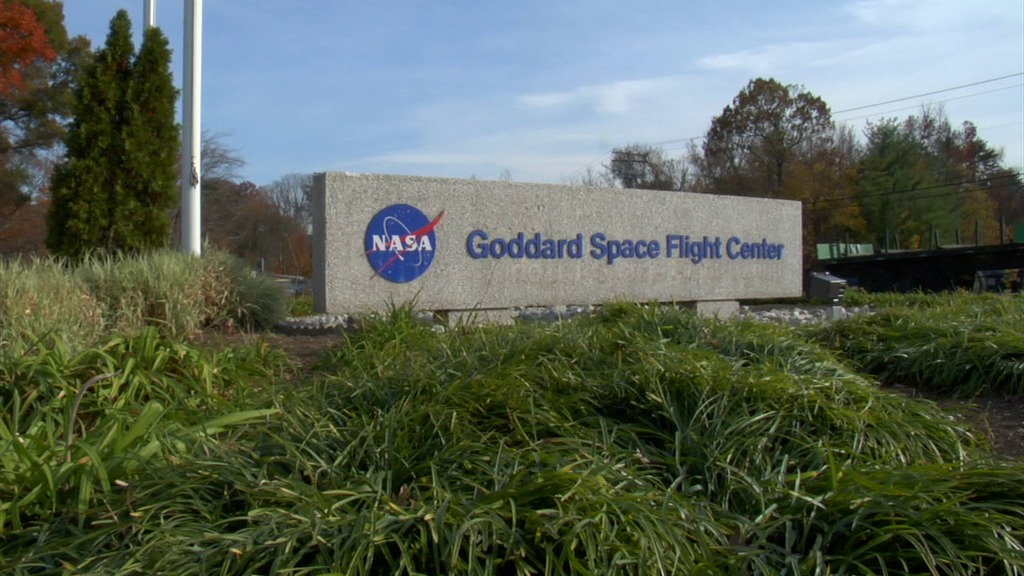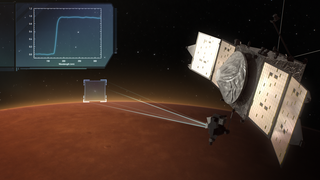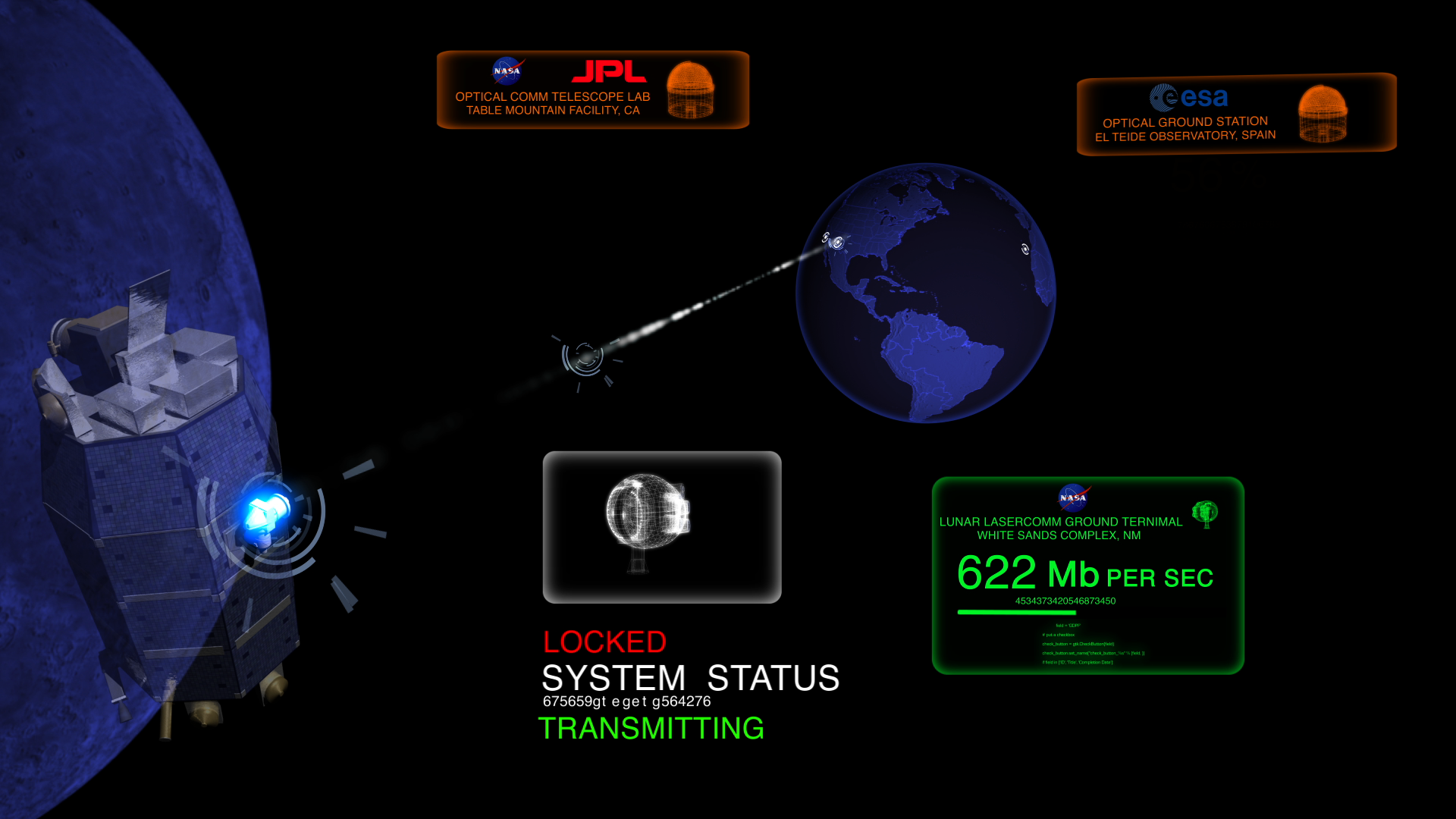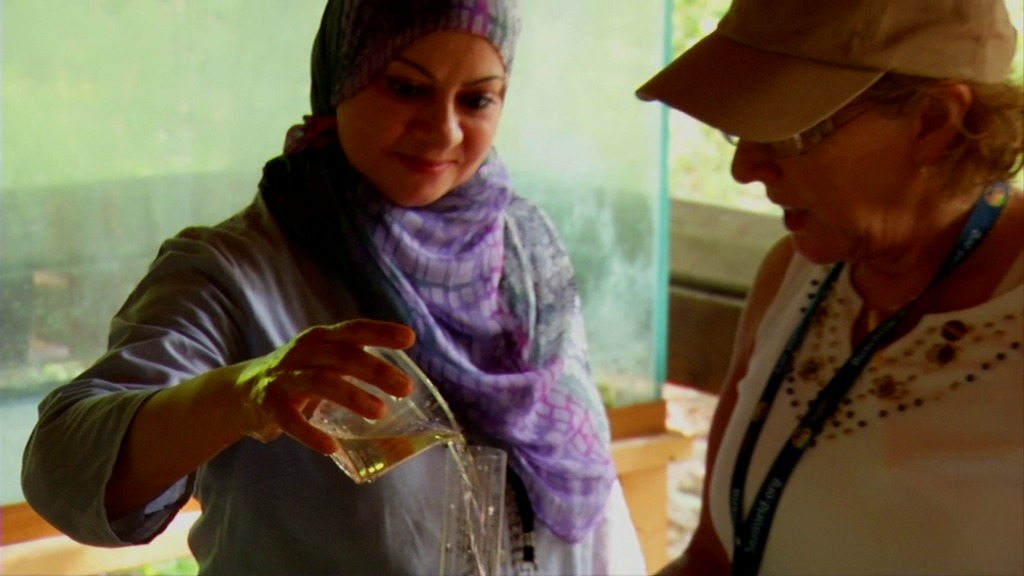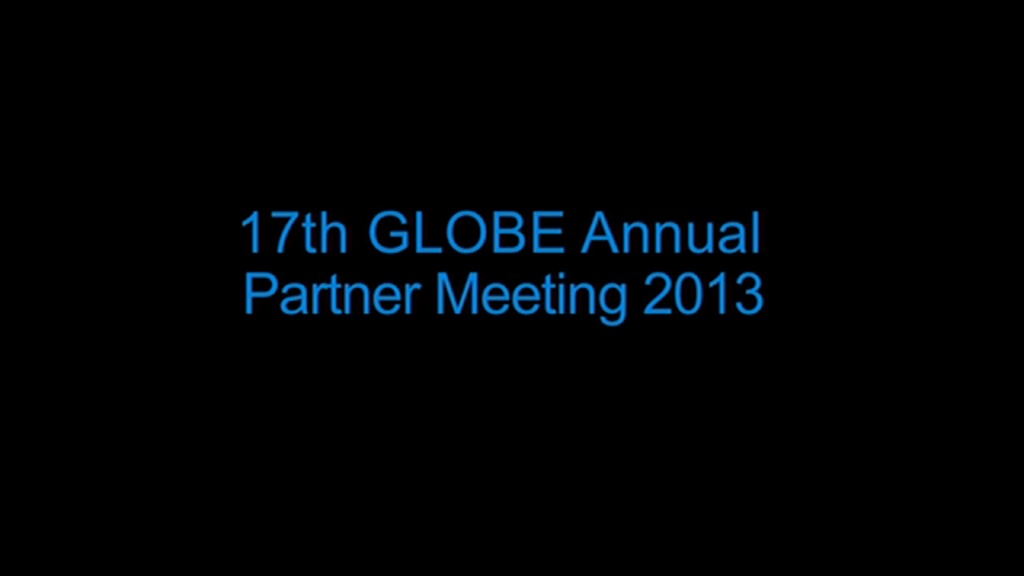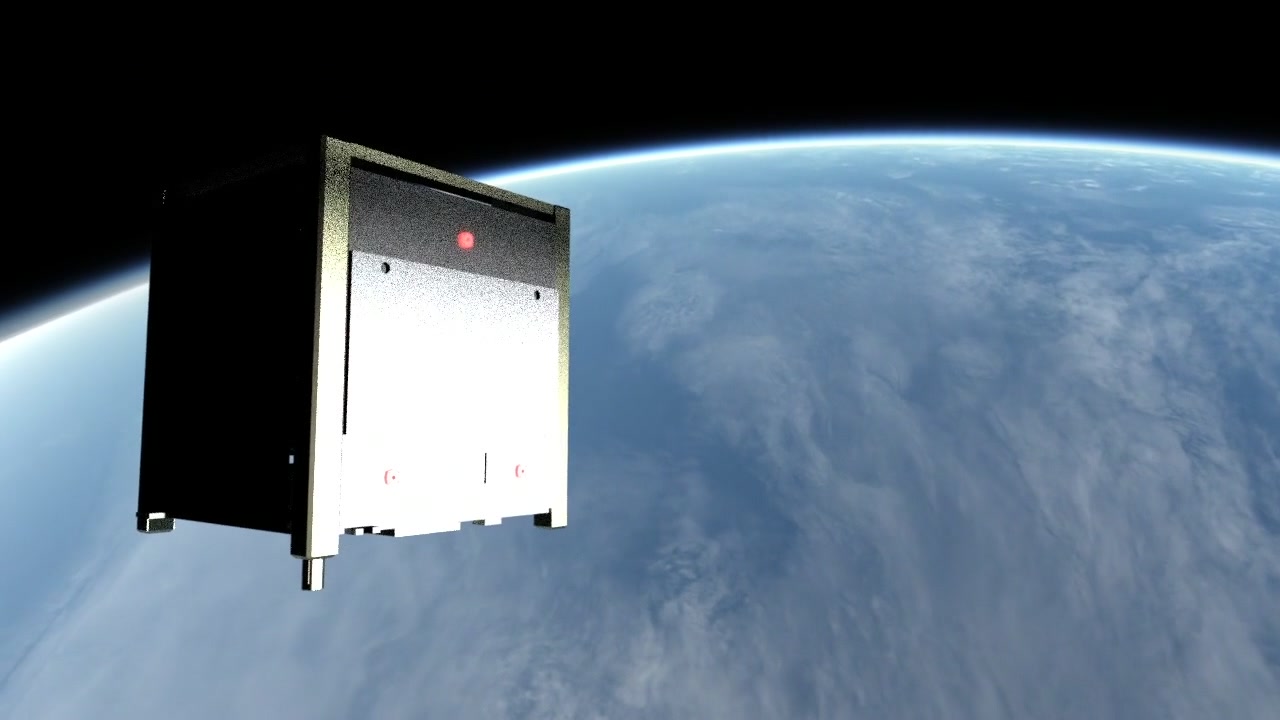South Korean President Park Park Geun-hye Visits NASA Goddard
Overview
The visit offers an opportunity to celebrate past collaborative efforts between the American and South Korean space programs along with presentations on current projects and programs underway at Goddard.
Visit
As part of her visit to the United States, President Park Geun-hye of South Korea will visit NASA’s Goddard Space Flight Center in Greenbelt, Md. on Wednesday, Oct. 14, 2015 beginning at 3 p.m. EDT. She will be welcomed by Goddard Center Director Christopher Scolese and the First Lady of Maryland, Yumi Hoghan.
The visit offers an opportunity to celebrate past collaborative efforts between the American and South Korean space programs along with presentations on current projects and programs underway at Goddard.
President Park Geun-hye is the 11th President of South Korea. She is the first woman to be elected as President in South Korea and the first female head of state in the modern history of Northeastern Asia.
Mrs. Yumi Hogan is the first Korean-American First Lady in the United States. She is a first-generation Korean-American, an accomplished artist, and an adjunct professor at Maryland Institute College of Art.
For information about NASA Goddard, click here.
President of South Korea to Visit NASA Goddard
Go to this pageAs part of her visit to the United States, President Park Geun-hye of South Korea visited NASA’s Goddard Space Flight Center in Greenbelt, Md. on Wednesday, Oct. 14, 2015. She was welcomed by Goddard Center Director Christopher Scolese and the First Lady of Maryland, Yumi Hogan. She was also greeted by astronauts Scott Altman and Cady Coleman. President Park watched a personalized, pre-recorded message from astronaut Scott Kelly aboard the International Space Station. She also was briefed by Goddard’s Chief Scientist Dr. Jim Garvin about what NASA is learning about Mars and also NASA’s upcoming mission to explore Venus. In addition President Park learned about some of the things NASA is learning about the moon from Dr. Noah Petro, the deputy project scientist for the Lunar Reconnaissance Orbiter. President Park listened to several other presentations about NASA projects including: Laser Communication; GLOBE Program and Cosmic Ray Energies and Mass Investigation (CREAM) project. || SoKorean_President_Visit.jpeg (1280x720) [139.5 KB] || SoKorean_President_Visit_print.jpg (1024x576) [133.7 KB] || SoKorean_President_Visit_searchweb.png (180x320) [84.3 KB] || SoKorean_President_Visit_web.png (320x180) [84.3 KB] || SoKorean_President_Visit_thm.png (80x40) [6.7 KB] || APPLE_TV_SoKorean_President_Visit_VX-210366_appletv.m4v (1280x720) [41.4 MB] || YOUTUBE_HQ_SoKorean_President_Visit_VX-210366_youtube_hq.mov (1280x720) [496.6 MB] || WEBM_SoKorean_President_Visit_VX-210366.webm (960x540) [32.8 MB] || SoKorean_President_Visit_prores.mov (1280x720) [1.1 GB] || NASA_PODCAST_SoKorean_President_Visit_VX-210366_ipod_sm.mp4 (320x240) [14.9 MB] ||
Reporter Package
NASA's Goddard Space Flight Center in Greenbelt, Maryland, is home to the nation's largest organization of scientists, engineers and technologists who build spacecraft, instruments and new technology to study Earth, the sun, our solar system and the universe.
Restore-L: Robotic Satellite Servicing Project
Go to this pageThe Restore-L project will develop technologies for on-orbit rendezvous with, inspection, repair and refueling of a client satellite, all of which are vital for a future satellite servicing capability. NASA is proactively transferring Restore-L technologies to all interested U.S. companies to help jumpstart a new domestic satellite servicing industry, and position the U.S. as the global leader of in-space satellite maintenance, upgrade and assembly.Learn more about Restore-L and NASA’s satellite servicing technologies: https://sspd.gsfc.nasa.gov/ For media inquiries, please contact: Clare Skelly at (301) 286-4994. ||
Goddard Space Flight Center Media Handout
Go to this pageB-roll of NASA's Goddard Space Flight Center facility, which includes buildings, cleanrooms, and scientist working. GSFC is located in Greenbelt, Maryland. ||
Goddard Scene Setters
Go to this pageGoddard Space Flight Center broll Updated 2022 || Screen_Shot_2022-07-11_at_9.44.24_AM_print.jpg (1024x568) [236.5 KB] || Screen_Shot_2022-07-11_at_9.44.24_AM.png (2814x1562) [7.1 MB] || Screen_Shot_2022-07-11_at_9.44.24_AM_searchweb.png (320x180) [132.5 KB] || Screen_Shot_2022-07-11_at_9.44.24_AM_web.png (320x177) [131.4 KB] || Screen_Shot_2022-07-11_at_9.44.24_AM_thm.png (80x40) [11.2 KB] || Goddard_CenterBroll22Final.mov (1920x1080) [7.9 GB] || Goddard_CenterBroll22FinalLowres.mp4 (1920x1080) [996.5 MB] || Goddard_CenterBroll22FinalLowres.webm (1920x1080) [63.0 MB] ||
Related
Lunar Reconnaissance Orbiter
Go to this pageThe Lunar Reconnaissance Orbiter, or LRO, is a multipurpose NASA spacecraft launched in 2009 to make a comprehensive atlas of the Moon’s features and resources. Since launch, LRO has measured the coldest temperatures in the solar system inside the Moon’s permanently shadowed craters, detected evidence of water ice at the Moon’s south pole, seen hints of recent geologic activity on the Moon, found newly-formed craters from present-day meteorite impacts, tested spaceborne laser communication technology, and much more.
MAVEN
Go to this pageNASA's Mars Atmosphere and Volatile Evolution (MAVEN) is the first mission devoted to understanding the Martian upper atmosphere. Today Mars is cold and dry, but ancient Mars was warm, wet, and possibly hospitable to life. Scientists think that the loss of Mars' early atmosphere caused the planet to dry up, and MAVEN is testing this hypothesis by observing present-day interactions of the Martian atmosphere with the solar wind. Learn more about MAVEN from
NASA and CU Boulder.LASERCOM Data Relay
Go to this pageLasercom transfers data via laser in this animated test || lase003500002_print.jpg (1024x576) [131.1 KB] || lase0035_web.png (320x180) [83.8 KB] || lase0035_thm.png (80x40) [5.8 KB] || LaserCom4-beams6.mov (1280x720) [164.9 MB] || 1280x720_16x9_30p (1280x720) [32.0 KB] || LaserCom4-beams6.webmhd.webm (960x540) [964.9 KB] ||
Sample Analysis at Mars (SAM): Edited Resource Collection
Go to this pageThis video is a collection of various SAM assets, including sections of the Mars Science Laboratory (Curiosity) rover animation and Kennedy Space Center footage of MSL assembly and payload fairing. || a010206_VF_80x40.png (80x40) [25.9 KB] || a010206_VF320_web.jpg (320x240) [40.5 KB] || a010206_VF320_web_searchweb.jpg (320x180) [105.9 KB] ||
NASA Downloads the Future
Go to this pageLLCD will be NASA's first-step in creating a high performance space-based laser communications system. The LLCD mission consists of space-based and ground-based components. The Lunar Laser Space Terminal (LLST) is an optical communications test payload to fly aboard the LADEE Spacecraft and it will demonstrate laser communications from lunar orbit.The ground segment consists of three ground terminals that will perform high-rate communication with the LLST aboard LADEE. The primary ground terminal, the Lunar Laser Ground Terminal (LLGT) is located in White Sands, NM and was developed by MIT/Lincoln Laboratory and NASA. The ground segment also includes two secondary terminals located at NASA/JPL's Table Mountain Facility in California and the European Space Agency's El Teide Observatory in Tenerife, Spain. The main goal of LLCD is proving fundamental concepts of laser communications and transferring data at a rate of 622 megabits per second (Mbps), which is about five times the current state-of-the-art from lunar distances. Engineers expect future space missions to benefit greatly from the use of laser communications technology. To learn more about laser communications and the LLCD mission please click here. ||
The GLOBE Program
Go to this pageAn overview of the GLOBE ProgramFor complete transcript, click here. || globe_160.pn00202_print.jpg (1024x576) [97.1 KB] || globe40.png (80x40) [9.6 KB] || globe_160.png (320x180) [95.9 KB] || globe80.png (160x80) [27.1 KB] || G2011-086_GLOBE_2011_appletv.m4v (960x540) [55.1 MB] || G2011-086_GLOBE_2011_youtube_hq.mov (1280x720) [69.4 MB] || G2011-086_GLOBE_2011_prores.mov (1280x720) [1.8 GB] || G2011-086_GLOBE_2011.wmv (1280x720) [66.6 MB] || G2011-086_GLOBE_2011_appletv.webmhd.webm (960x540) [28.4 MB] || G2011-086_GLOBE_2011_ipod_lg.m4v (640x360) [22.0 MB] || G2011-086_GLOBE_2011.mov (640x360) [54.7 MB] || G2011-086_GLOBE_2011_ipod_sm.mp4 (320x240) [11.8 MB] ||
GLOBE 2013: The Next Generation of Science
Go to this pageMore than 250 people from around the world gathered for the 2013 GLOBE meeting. Globe is a science and education program that gets people to monitor the Earth's system and update their findings into a global database system. Pre-designed science protocols help students take consistent measurements and contribute to scientific knowledge. At the annual GLOBE meeting, student and teachers got protocol training, shared their scientific research, and made lasting connections. ||
CANYVAL-X: CubeSat Astronomy by NASA and Yonsei using Virtual Telescope Alignment eXperiment
Go to this pageCANYVAL-X matures formation alignment technology enabling the next-generation of distributed space virtual telescopes.For the CANYVAL-X fact sheet, click here. || CANYVALX.jpeg (1280x720) [67.7 KB] || CANYVALX_print.jpg (1024x576) [76.4 KB] || CANYVALX_searchweb.png (320x180) [53.3 KB] || CANYVALX_web.png (320x180) [53.3 KB] || CANYVALX_thm.png (80x40) [4.9 KB] || YOUTUBE_HQ_CANYVALX_youtube_hq.mov (1280x720) [83.7 MB] || APPLE_TV_CANYVALX_appletv.m4v (1280x720) [62.9 MB] || WEBM_CANYVALX.webm (960x540) [37.6 MB] || WMV_CANYVALX_HD.wmv (1280x720) [19.2 MB] || CANYVALX_prores.mov (1280x720) [1.2 GB] || NASA_PODCAST_CANYVALX_ipod_sm.mp4 (320x240) [21.8 MB] ||
